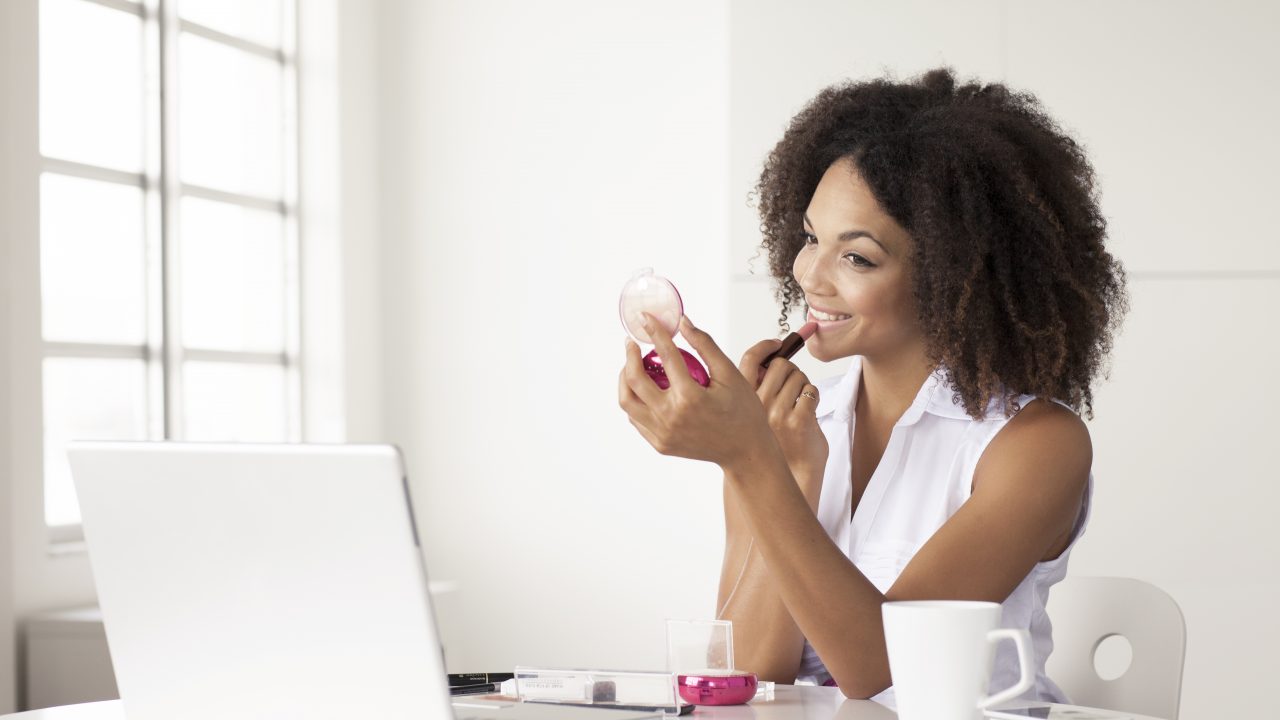
Ask a Dermatologist: Are Injectables Right for You?
In an era when the pain and recovery time of plastic surgery is out but the camera-ready flawless look is in, injectables are a category of cosmetic medicine that is tailor-made for the times. Non-surgical and needle-based, this kinder, gentler alternative to surgery involves injecting a filler into the skin to address the volume loss responsible for many of the visible signs of ageing, including fine and deep wrinkles, as well as deepening laugh and marionette lines. While cosmetic dermatologists use a variety of Health Canada-licensed filler products, not all injectables – or results – are created equal.
We spoke to Dr. Julia Carroll, a Toronto-based, board-certified dermatologist and leader in the field of minimally invasive skin rejuvenation, to get the story on what this exciting new branch of cosmetic dermatology can offer consumers who want to turn back the hands of time, gently and naturally.
As fillers are generally categorized by the substance they are made from, are all injectables created equal, in terms of the quality and efficacy of their active ingredients? What, in your opinion, separates the best from the rest?
Fillers are categorized by the product they are made from and sub-categorized by their other qualities (i.e. thinner versus thicker, volume versus lift). Calcium Hydroxylapatite (Radiesse) is different from traditional fillers in that it is a combination of filler and collagen stimulator so you get improvement via the filler component while also stimulating the growth of your own collagen. I love it for jawlines, lateral face and hands. Although consumers should understand the broad categories and main components of injectables, they should rely on their physician to select the sub-type that will get them the best outcome.
Who is the ideal candidate for injectables? Is there a sweet spot with regards to age, lifestyle or skin profile?
A good candidate is someone who is open to understanding the root cause of their aesthetic issues and the best plan for solving them. Short of someone who is pregnant or has a serious illness, nobody is a poor candidate for injectables.
What degree of improvement can one expect from injectables? How pronounced is the change?
A bad injection is easy to spot. An excellent one is undetectable. With the latter, the reaction to expect is ‘you look so great and rested. Did you just get back from vacation?’ People notice you look better, but they can’t quite put their finger on why.
Do some injectables provide more dramatic effects than others? If so, how and why?
It is in the hands of injector and what we are starting with in terms of facial structure and skin quality.
How big an issue is filler fatigue (aka what happens when someone has had too much filler and it stretches and weighs down the skin resulting in the need for yet more filler)?
Filler fatigue…I’ve never heard that one before! It doesn’t exist. Filler slowly gets broken down over time by the natural enzymes you have in your body. Even patients who stop doing fillers will always look a bit younger than if they had never been treated because they’ve paused time a little.
Is there a specific certification for injections? If not, who is actually qualified to do this procedure?
There isn’t a specific certification for injections. Physicians, plastic surgeons, dermatologists and nurses can be trained to inject. Regardless of who is doing the injection, there should always be a supervising physician on site, even if he or she is not doing the injection personally. If the injector is not a dermatologist or plastic surgeon, you’ll want to ask about their additional training and how many patients they’ve treated. What you don’t want is someone who has taken a weekend course and is starting to offer fillers solely as an additional revenue stream.
How does upkeep work? Do patients need to be re-injected? And what determines how often? Is there anything they can do to optimize the upkeep?
Once we get patients to their aesthetic optimum, we may not have to treat them again for six months to a year, but it varies from individual to individual. In terms of optimizing and prolonging results, sunscreen and sun protection is non-negotiable, and I’ll often prescribe a customized skincare program that includes an antioxidant serum containing Vitamin C and a retinoid cream. In some instances, a laser program may also be added to the mix to help optimize skin quality.
What to expect in terms of downtime/side effects of dermal fillers? If you’re undergoing the procedure for a special occasion, how far in advance should you book it to ensure healing is complete?
This can depend on how easily you bruise. With some patients, there are zero signs or side effects. With others, swelling or bruising can last a few days to a few weeks, depending on their metabolism. This is why I’ll always ask about the patient’s social calendar and plan their treatment appointments accordingly.
What about the pain of the actual procedure? How intense is it?
Fillers are injected using tiny needles into your skin. We use numbing cream to dull the pain for real needle-phobes, and we use the smallest needles possible. Think: acupuncture size! Distraction techniques – like giving patients stress balls to squeeze or chatting with them about their lives, children and vacations – also work surprisingly well. While appointments generally last 15 to 30 minutes, the actual treatment only takes about five to ten minutes. The rest of the time is dedicated to reviewing any changes in medical history, discussing treatment goals, taking ‘before and after’ pictures (for our files) and generally getting caught up.
Ask your Aesthetic Healthcare Professional if Radiesse and/or Belotero is right for you.



